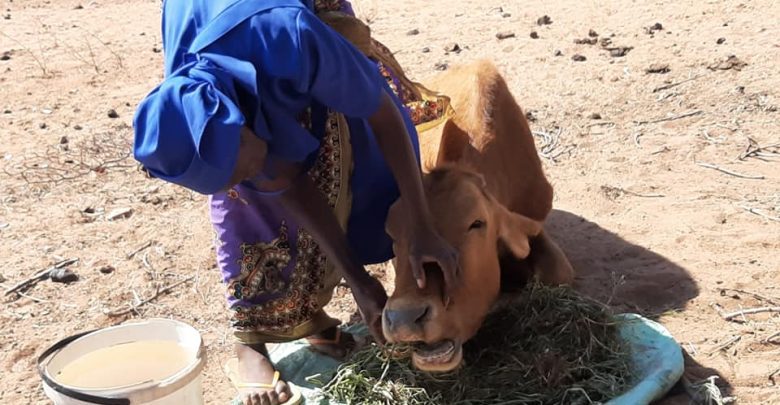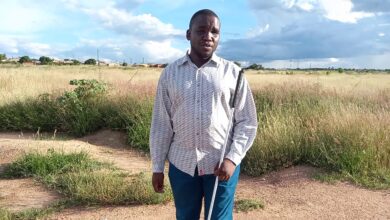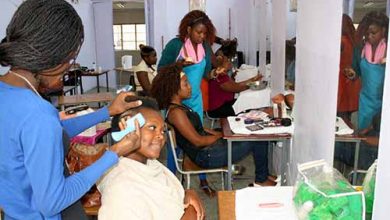Senator calls for urgent steps to mitigate drought impact on livestock

Livestock producers together with the government need to take a number of mitigation measures to lessen the impact of drought, as Zimbabwe is a cattle country, Senator Eleven Kambizi said while addressing the importance of having schemes that redeem the national herd.
Livestock is an important asset in Zimbabwe, particularly for rural folks as cattle provide food, are used for tillage, generate income, create employment, offer livelihood and are used for rituals in the communal areas among other factors and is a form of wealth for many rural communities.
But over the years, the national herd has been dwindling due to the destructive impact of drought.
“Zimbabwe is a cattle country and cattle play a role in food security and social cultural role in this country. If cattle are exposed to harsh production environments like drought, productivity is under threat,” Senator Kambizi said at the Senate on Thursday.
To buttress his point, in 1992 alone, Matabeleland reportedly lost a total of 60 percent of their herds while in 2019 to 2020, 30 000 cows died nationally.
In 2019 where Matabeleland South lost 4 500 cattle, that same year Masvingo lost over 4 000 cattle while Midlands lost over 2 000.
Senator Kambizi said cattle are ‘very’ vulnerable to water and food shortages during drought periods.
“They are prone to stress, malnutrition, potential deaths, lower craving rate, high mortality rate among young stock and milk output also falls due to reduced feed. Lactation ceases completely and animal weight falls, susceptibility to diseases increases, hence deaths increase due to stress,” he noted.
There are four types of droughts, namely meteorological, hydrological, agricultural and socio-economic, of which agricultural and socio-economic have direct negative impacts for crops, people and livestock, Senator Kambizi said.
“Agricultural drought refers to a reduction in water below optimal level required by crops during each different stage of crops resulting in impaired growth and reduced yields thereby affecting fodder,” he said.
“Socio-economic drought refers to the impact of drought on human activities that are direct and indirect and that include livestock production.”
He added that when there is no water, pastures are reduced including supply of manure while fertility levels and timing of conception is affected because cattle are related to nutritional status of female animals.
“There are quite a number of mitigation measures that can be taken by the Government and livestock producers. I will talk of three; the first one, is we need water, the second one is we need to protect our water sources and the third one is we need to develop water sources that are macro dams, wells, and boreholes,” he said.
“We need to reserve sources of ground water. When the need arises, we might also need to have water rationing and allocation. There is a need to restore our pastures, we need to upgrade and modernise the Meteorological Services Department and early warning systems. We also need to have continuous drought monitoring at all levels and give early warnings.”
Drought informing websites and information houses for our livestock producers have to be compiled, said the senator.
“There is a need to conduct vulnerability and risk assessments to identify areas or regions prone to droughts. We need to plan and establish response action and strategies. There is a need for drought coordination and communication with stakeholders. Another way is to improve the legislation procedure of community participation. We need to empower and educate our farmers. We need continuous research on the ground. We need to develop policies to fight drought and to develop and implement drought related public awareness programmes and campaigns,” he said.
Due to diseases caused by drought, livestock has to be regularly dipped and dosed and Senator Kambizi suggested a 10-step drought programme to create an information management system, conduct research on climate change and give technical assistance to provincial agriculture departments on drought assessment.
“Step one is to appoint a drought task force. Two, come up with objectives of the task force. Three – we need to seek stakeholder participation. Four – have inventory resources and identify areas or regions at risk. Five – come up with the drought plan,” he said.
“Six, we need to identify research links and fill the gaps. Seven -integrate science and policy, Eight – publicise and build public awareness and consensus. Nine – develop education programmes for our livestock farmers and 10, evaluate and revise the drought to improve for the next time.”






